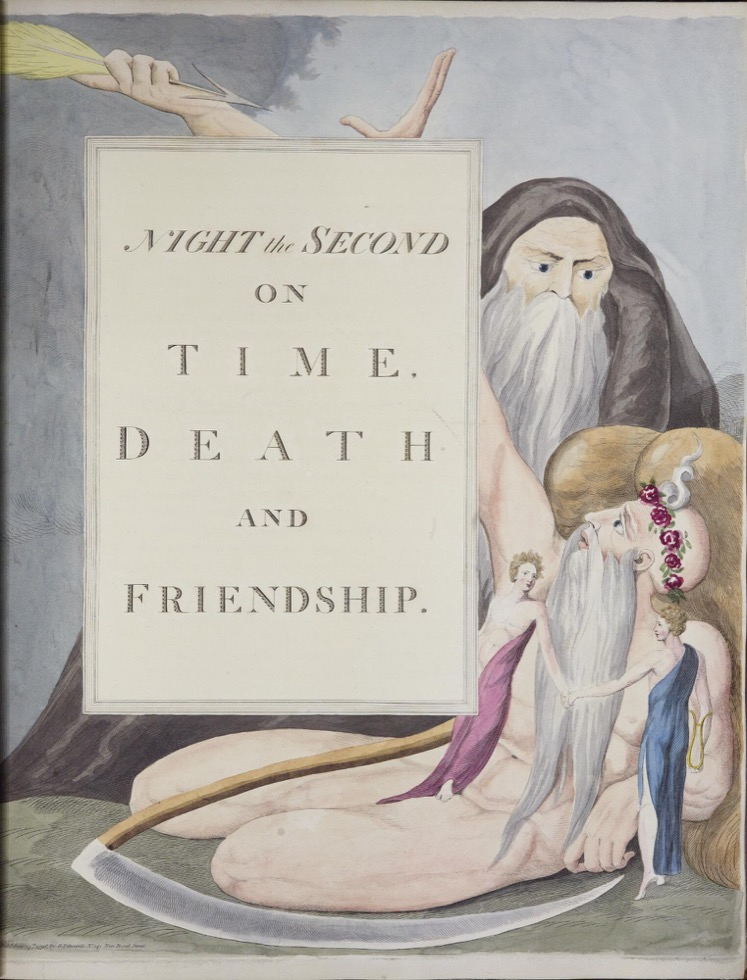
Pages from The Complaint, and the Consolation ; Or, Night Thoughts by Edward Young, 1797. Source: The John Rylands Library



Pages from The Complaint, and the Consolation ; Or, Night Thoughts by Edward Young, 1797. Source: The John Rylands Library
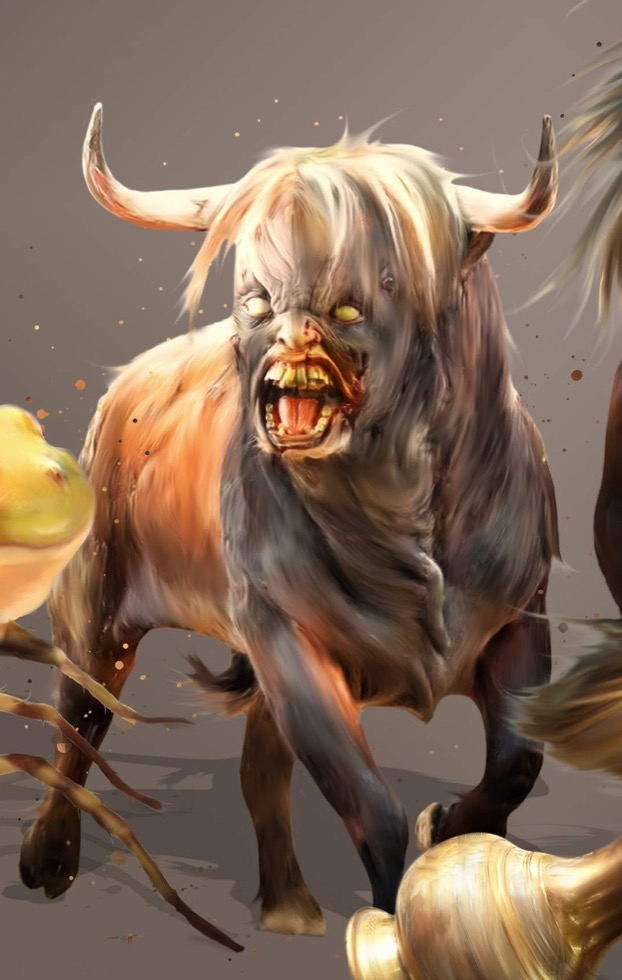
The demon Morax is one of the 72 Spirits of Solomon and an infernal Earl and President who commands 36 legions of lesser spirits. He appears as a bull at first, but can change into human form. He teaches about herbs, precious stones, astronomy, and the liberal sciences. He’s known to provide smart and friendly familiars. Art: Coffeatus
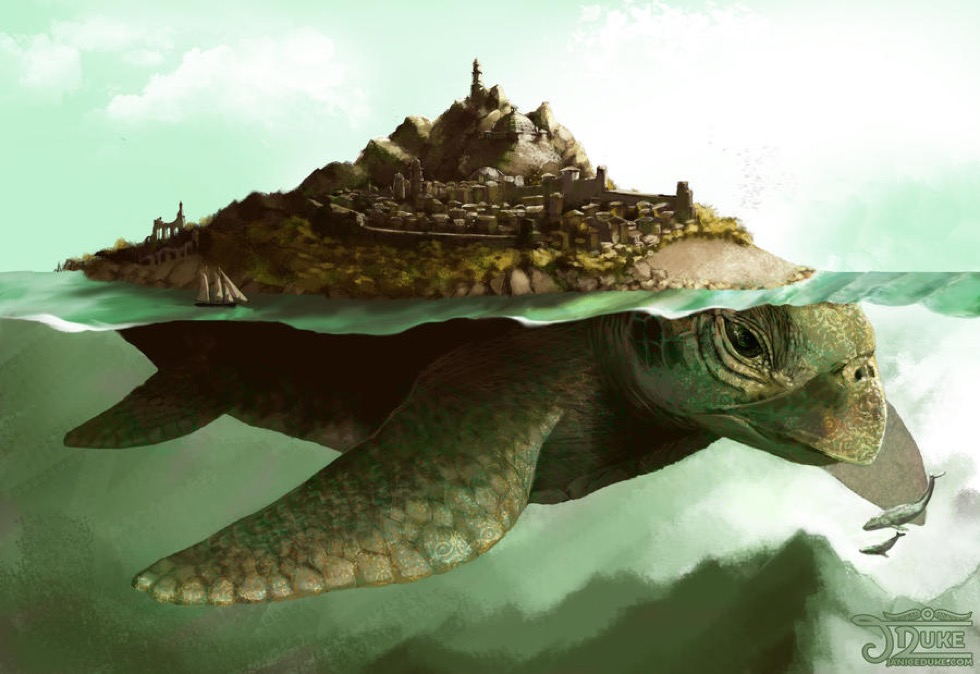
The Aspidochelone is creature, found in medieval bestiaries, that appears to be an island with trees, dunes, and rocky crevices—but is in reality a giant whale, sea turtle, or other sea monster. Sailors who unwittingly explored the ‘island’ found their ships and themselves in peril. Image: JaniceDuke
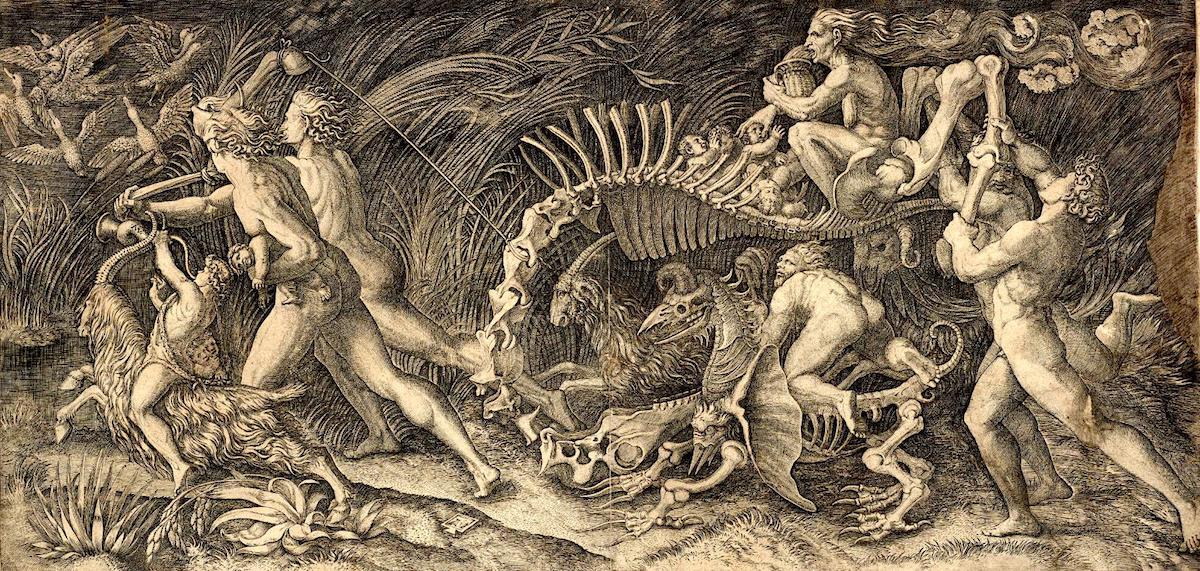
The witches’ procession, Early 16th Century, Artist Unknown. Source: The John Rylands Library
– Dion Fortune

Dante pulling a head from the ice by Gustave Doré from an edition of The vision of hell; Divina Commedia, 1872. Source: The John Rylands Library
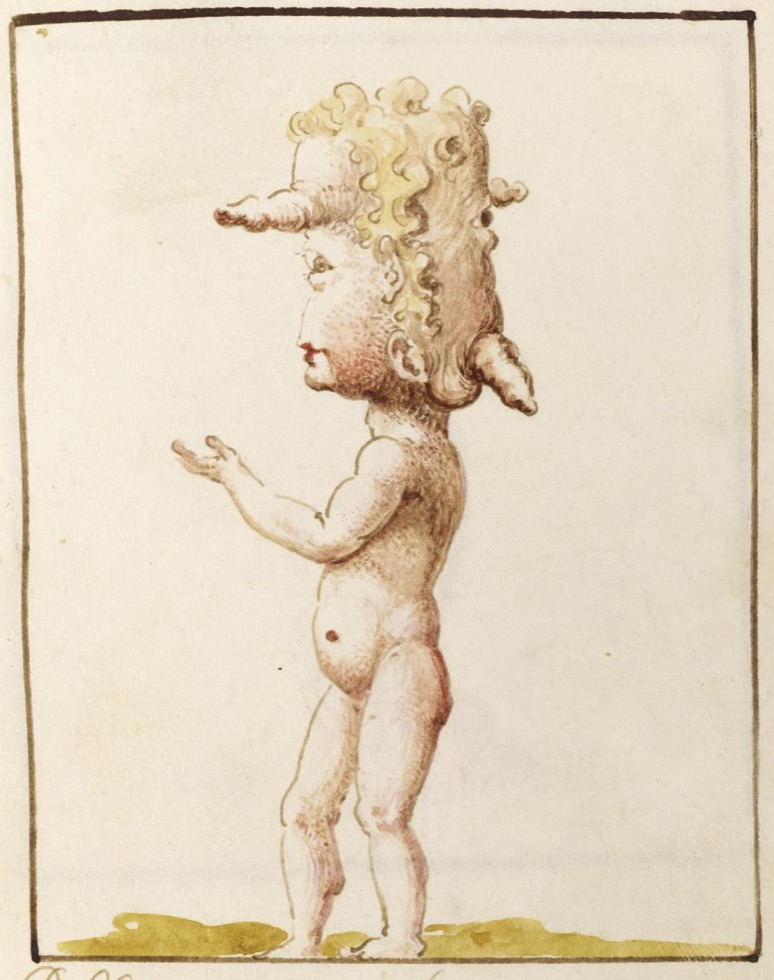
The Italian manuscript Lusus naturae, Human and Natural Monstrosities, 18th Century, contained 54 watercolor illustrations of beasts and men with medical conditions or deformities, along with unworldly creatures. Source: John Rylands Library
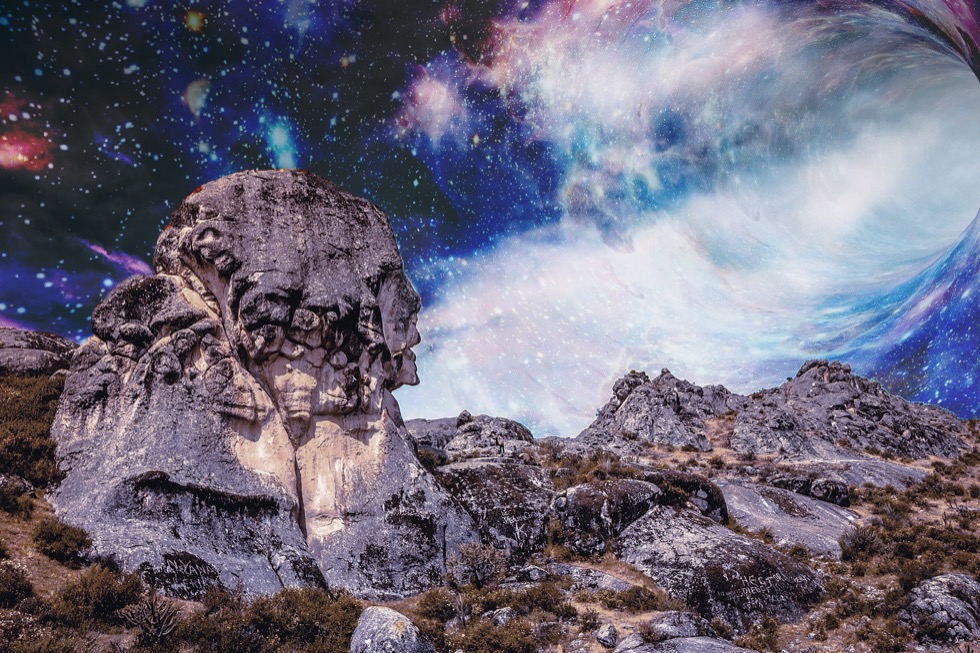
The Markawasi stone forest in the Andes Mountains, a sacred place filled with mysterious boulders shaped like animals and human faces, is said to contain a dimensional door. In one account, a traveler accidentally crossed-over and discovered an other-worldly stone cabin lit by torches and inhabited by dancers in 17th century attire. Upon returning to our world, she was paralyzed on her left side.

Images from a German alchemical manuscript, Alchemica, 15th Century. Source: The John Rylands Library

An illustration of a witches sabbath with the Devil seated in the center from Laurent Bordelon’s satirical work A History of the Ridiculous Extravagancies of Monsieur Oufle, 1710. Similar to Don Quixote, the titular character reads too many books, in this case books on “Magick, the Black-Art, Daemoniacks, Conjurers, Witches etc”, and it rots his brain, causing him to have fantastic delusions. Image: University of Glasgow Library. Full French text: archive.org